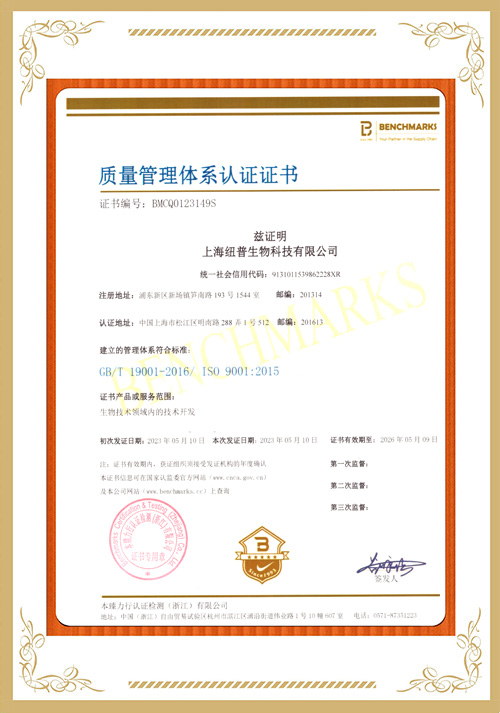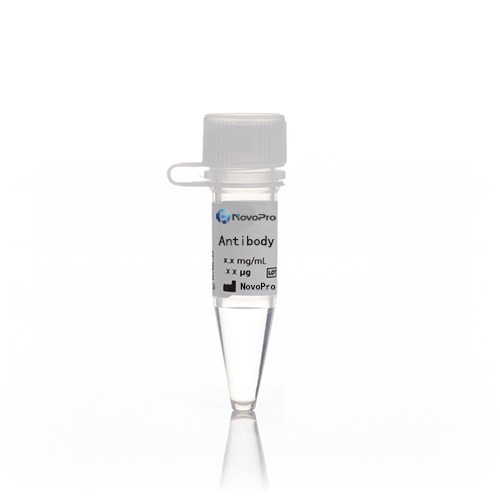-
产品名称
Anti-SELL antibody
-
抗体类型
单克隆
-
抗体来源
小鼠
-
抗体亚型
小鼠IgG1
-
抗体描述
Mouse Monoclonal to Human SELL
-
抗体应用
FCM
-
应用推荐
FCM
-
特异性
Human CD62L / L-Selectin
-
蛋白别名
AI528707, CD62L, LECAM-1, Lnhr, L-Selectin, Ly-22, Lyam1, Lyam-1, Ly-m22, SELL, TQ1, LAM1, LEU8, LNHR, LSEL, CD62L, LYAM1, PLNHR, LECAM1, Lnhr, CD62L, Ly-22, Lyam1, Ly-m22, Lyam-1, LECAM-1, AI528707, L-selectin
-
制备方法
This antibody was produced from a hybridoma resulting from the fusion of a mouse myeloma with B cells obtained from a mouse immunized with purified, recombinant Human CD62L / L-Selectin and conjugated with APC under optimum conditions, the unreacted APC was removed.
-
组分
Aqueous solution containing 0.5% BSA and 0.09% sodium azide
-
储存方法
This antibody is stable for 12 months from date of receipt when stored at 2℃-8℃. Protected from prolonged exposure to light. Do not freeze !
Sodium azide is toxic to cells and should be disposed of properly. Flush with large volumes of water during disposal.
-
背景介绍
L-selectin (SELL), also known as CD62L, is a key adhesion molecule that regulates both the migration of leukocytes at sites of inflammation and the recirculation of lymphocytes between blood and lymphoid tissues. It belongs to the selectin family of proteins, and consisting of a large, highly glycosylated, extracellular domain, a single spanning transmembrane domain and a small cytoplasmic tail. L-selectin is the only selectin expressed on leukocytes and mediates a number of leukocyte-endothelial interactions. L-selectin acts as a "homing receptor" for leukocytes to enter secondary lymphoid tissues via high endothelial venules. Ligands present on endothelial cells will bind to leukocyte expressing L-selectin, slowing leukocyte trafficking through the blood, and facilitating entry into a secondary lymphoid organ at that point. L-selectin-mediated lymphocyte recirculation is required for maintaining the appropriate tissue distribution of lymphocyte subpopulations including naïve and effector subsets such as regulatory T cells. In addition, L-selectin-mediated entry into peripheral lymph nodes is required for optimal induction of lymphocyte homeostatic proliferation during lymphopenia. Importantly, L-selectin has been shown to have both adhesive and signaling functions during leukocyte migration. L-selectin has also been shown to mediate leukocyte recruitment during chronic inflammatory and autoimmune diseases and thus is a potential therapeutic target for drug development.


